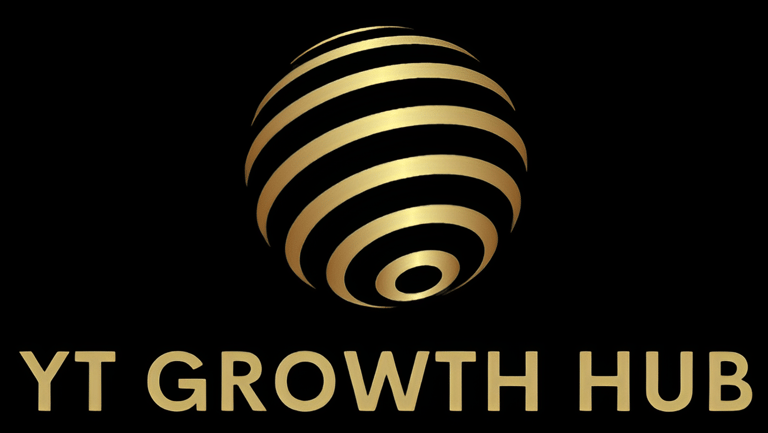8 Simple Steps For Using Tags To Optimize Your YouTube SEO
VIDEO CONTENT STRATEGIES
2 min read


Meaning
Tags are short and descriptive keywords or phrases that content creators add to their YouTube videos. These help YouTube's algorithm understand the content of the video and make it more discoverable to viewers when they search for related topics.
Importance
Properly using tags is essential as they play a significant role in SEO (Search Engine Optimization) for YouTube. By using relevant tags, creators increase the chances of their videos appearing in search results and related video suggestions, ultimately attracting more views and expanding their audience reach.
Best Strategies & Tips (Step-By-Step)
(1) Role Of Tags In Discoverability: Tags can be useful if content in your video is commonly misspelt. Otherwise, tags play a minimal role in helping viewers to find your video.
(2) Optimal Quantity: YouTube allows each tag to be a maximum of 30 characters long and the tags section can hold an unlimited number of tags until the 500-character limit is reached. You should use as much of the character limit as you can without losing relevance. You should use 400-500 characters (31-40 tags). The length for each tag should be around 2-3 words. These tags should mix broad and focused keywords.
(3) Identify Relevant Tags:
(A) Find Central Ideas: Identify 2-3 central ideas in the video to help search for relevant tags.
(B) Utilize YouTube’s Autocomplete & Tools: Use YouTube's autocomplete feature and tools to discover relevant tags for your video. Leveraging these resources can enhance your video's visibility, reach a broader audience, and boost its chances of appearing in relevant search results. Some of the best tools are as follows:
(4) Proper Keyword Research: Optimize your tags through proper keyword research. This ensures your videos become easily discoverable by aligning with popular search terms, enhancing visibility, attracting relevant viewers, and boosting engagement and growth potential.
(A) Evaluate Search Volume & Overall Score: Check the search volume and overall score of each keyword and related keywords to determine their competitiveness and audience reach.
• Impact Of High Search Volume: A keyword with a high search volume will have high competition but a larger audience.
• Impact Of High Overall Score: A keyword with a high overall score will have less competition but a limited audience.
(B) Use Mixed Keywords: Utilize both high-search volume and high overall score keywords to cover a broader audience.
(C) Utilize Tools: Use keyword research tools to identify relevant and trending tags for your video. These tools can optimize your video's discoverability, attract a wider audience, and improve its overall ranking in search results. Some of the best tools are as follows:
• RyRob
(5) Order Of Importance: List tags in order of importance, with the focus keyword as the first tag.
(6) Simplify Tags: Remove “stop” words, articles (the, a or an), and opt for generic over specific adjectives.
(7) Ensure Tag Relevance: Review your tag list and determine if you can tell just from the tags what your video is about. If not, you should revise your tags.
(8) Utilize Competitors’ Tags: Use a few relevant tags from your competitors’ videos to boost your own discoverability.
